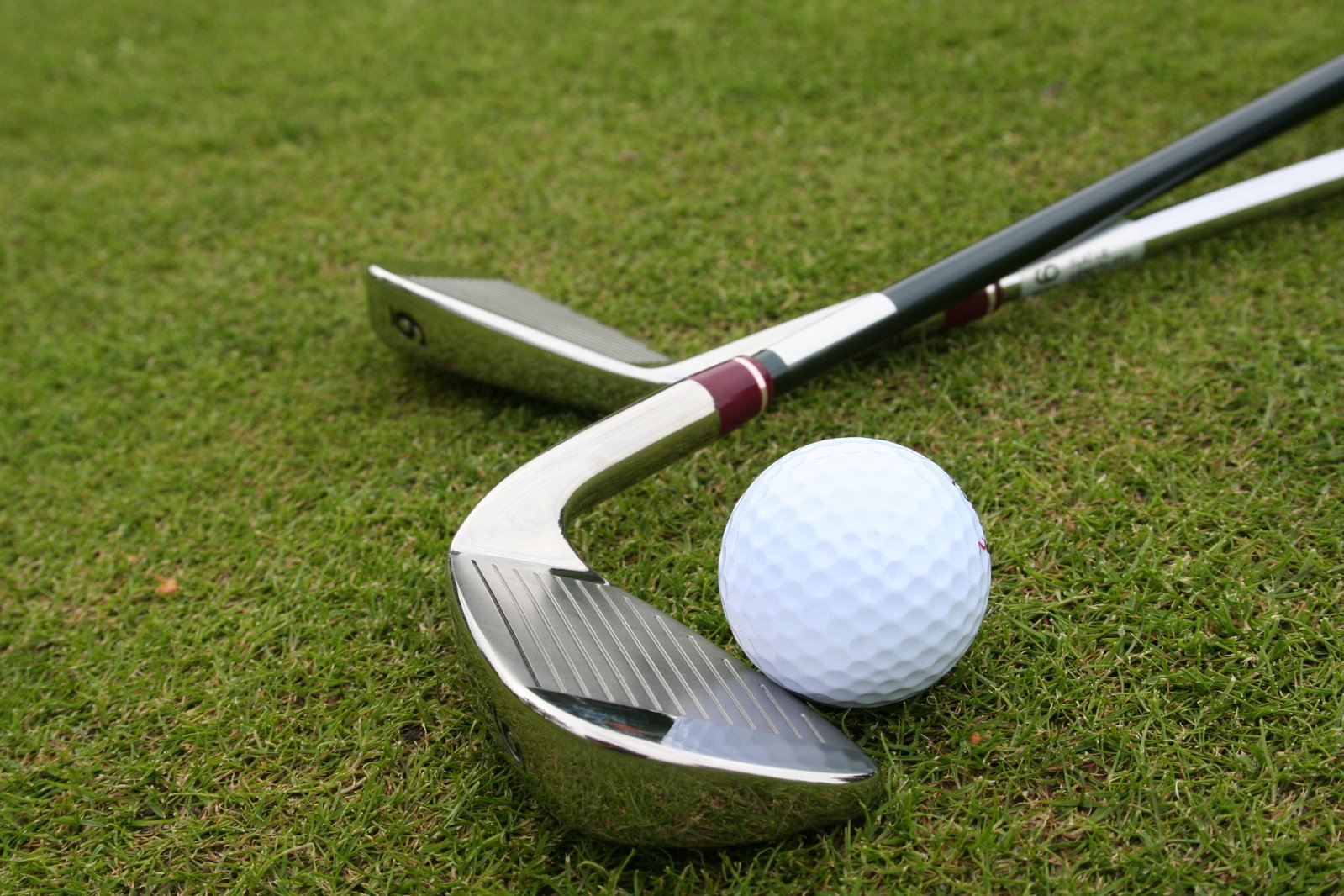
Iron play is equally important as any other aspect of your game. The tee shot and putting gets a lot of attention as they begin and end every hole of golf. You will always need to play a tee shot and unless you hit a hole in one, you will also need to play a putt.
However, long irons do not always come into play, especially on par-3 and short par-4 holes but when they do, you need to know how to strike the ball.
If you are struggling to hit the ball consistently when using long irons, you first need to look at how you are striking the ball. The face of a long iron looks flat when compared to the shorter irons and this is where the problem lies for many people.
Due to the flat face of the club, beginner golfers become worried the ball is not going to get into the air and they need to force the ball upwards if it is going to take off. That is not true.
The only thing you should be thinking about when hitting the ball with a long iron is to make the ball travel forward. The club is responsible for generating the height on the ball and even if it appears the face is too flat to produce any height, you must trust that it will.
The long irons have been designed not only to hit the ball a long way but also to get the ball into the air. No golfer on the planet would use a long iron if you needed to both hit the ball forward and somehow generate the loft on the ball.
Many golfers who are having trouble hitting the ball with long irons resort to scooping the ball in a bid to generate loft and this is where the shot falls apart. Remember, your job is to make the ball go forward and if you can think about doing that and leave the loft to the club, you will begin to strike the ball better.
You can practice this at the range and the more you work on it, the more you will find the low point of your swing is where the ball is sitting or just after. This is exactly what you are aiming for when using a long iron.

Recent Comments